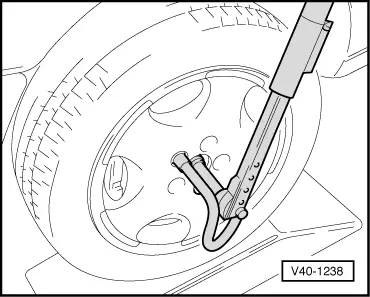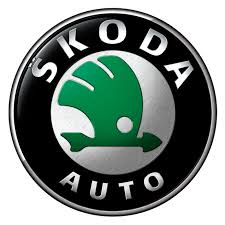| –
| Lever out the engine/gearbox assembly with a tyre iron in direction of travel, at the same time the drive shaft with tripod can be removed. |
| –
| The -arrow- shows the direction of travel. |
| Install (vehicles with manual and automatic gearbox) |
| - Remove possible corrosion in the thread/serration of the outer joint. |
| –
| Moisten the serration of the wheel hub with oil. |
| –
| Insert outer joint as far as possible into the serration of the wheel hub. |
| –
| Screw the steering joint and track control arm with the new screws in the former positions. |
| –
| Screw drive shaft onto flange shaft. |
| –
| Screw the pendulum support to the assembly carrier. |
| - Moisten the contact surface of the twelve-point nut as well as the serration and the thread of the outer joint with oil and screw on new twelve-point nut as far as possible. |
| –
| Insert the outer joint into the wheel hub until the outer joint rests in the wheel bearing. |
| –
| Lower vehicle, when doing so, ensure that the wheels do not yet touch the ground. |
| If the wheel bearings are loaded through the vehicle's own weight, the wheel bearing will be initially damaged. This shortens the life of the wheel bearing. |
| –
| Depress brake pedal (assistance of second mechanic required). |
| –
| Tighten new twelve-point nut to 225 Nm and release by 1/2 a turn. |
| –
| Torque wheel hub a further min. 90°. |
| –
| Tighten twelve-point nut: |

Note |
|
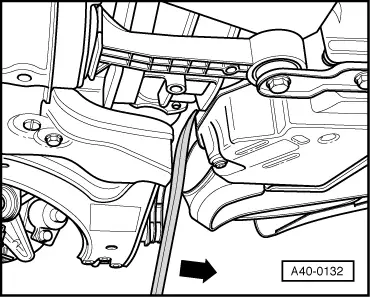
|
 Note
Note Note
Note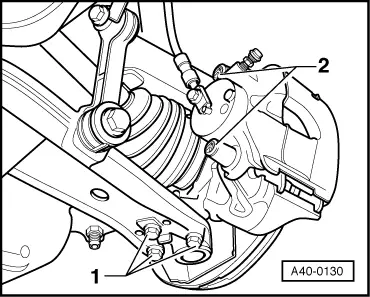
 Note
Note Note
Note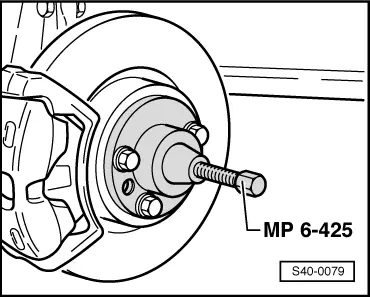
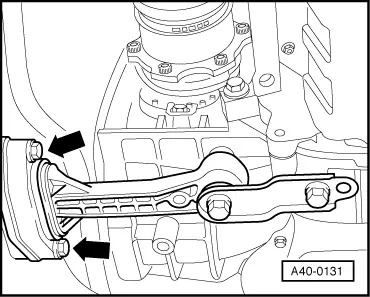
 Note
Note
